The Rotorcraft Blade System Market is characterized by a dynamic competitive landscape, driven by technological advancements and increasing demand for efficient rotorcraft solutions. Key players such as Bell Helicopter (US), Airbus Helicopters (FR), and Sikorsky Aircraft (US) are at the forefront, each adopting distinct strategies to enhance their market positioning. Bell Helicopter (US) focuses on innovation, particularly in developing advanced composite materials for rotor blades, which enhances performance and reduces weight. Meanwhile, Airbus Helicopters (FR) emphasizes regional expansion, particularly in Asia-Pacific, where it has established partnerships to bolster its market presence. Sikorsky Aircraft (US) is leveraging digital transformation, integrating AI and data analytics into its rotorcraft systems to improve operational efficiency and maintenance protocols. Collectively, these strategies contribute to a competitive environment that is increasingly centered on technological prowess and regional adaptability.
In terms of business tactics, companies are localizing manufacturing to reduce costs and enhance supply chain resilience. This approach is particularly evident in the moderately fragmented market structure, where several players vie for market share. The collective influence of these key players shapes the market dynamics, as they engage in strategic collaborations and optimize their supply chains to meet the growing demand for rotorcraft solutions.
In August 2025, Bell Helicopter (US) announced a strategic partnership with a leading aerospace materials company to develop next-generation rotor blades utilizing advanced composite technologies. This collaboration is poised to enhance Bell's product offerings, potentially leading to improved performance metrics and reduced lifecycle costs for operators. The strategic importance of this partnership lies in its potential to position Bell as a leader in innovation within the rotorcraft sector, aligning with the industry's shift towards lightweight and durable materials.
In September 2025, Airbus Helicopters (FR) unveiled a new manufacturing facility in Vietnam, aimed at localizing production and enhancing its supply chain capabilities in the Asia-Pacific region. This move is significant as it not only reduces lead times but also allows Airbus to better cater to the growing demand in emerging markets. The establishment of this facility underscores Airbus's commitment to regional expansion and its strategy to strengthen its foothold in a competitive landscape.
In October 2025, Sikorsky Aircraft (US) launched a new AI-driven predictive maintenance system for its rotorcraft, designed to optimize maintenance schedules and reduce operational downtime. This innovation reflects Sikorsky's focus on digital transformation and its commitment to enhancing customer value through technology. The introduction of this system is likely to set a new standard in the industry, emphasizing the importance of data-driven solutions in rotorcraft operations.
As of October 2025, current competitive trends in the Rotorcraft Blade System Market are increasingly defined by digitalization, sustainability, and the integration of AI technologies. Strategic alliances are becoming more prevalent, as companies recognize the need to collaborate to drive innovation and enhance operational efficiencies. Looking ahead, competitive differentiation is expected to evolve, with a notable shift from price-based competition towards a focus on technological innovation, reliability in supply chains, and sustainable practices. This transition may redefine market leadership, as companies that prioritize these aspects are likely to gain a competitive edge.


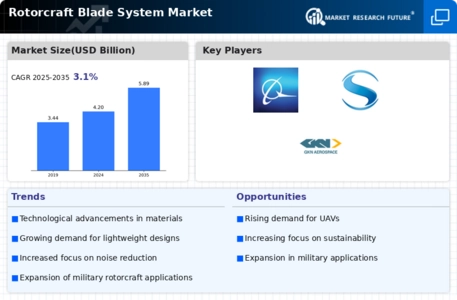
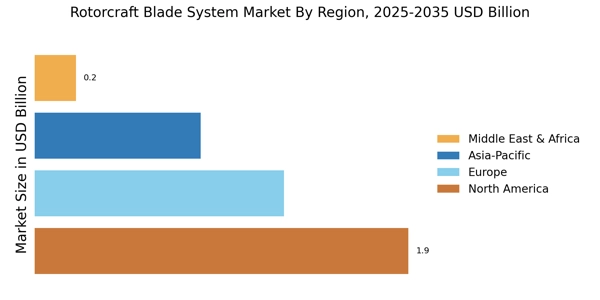

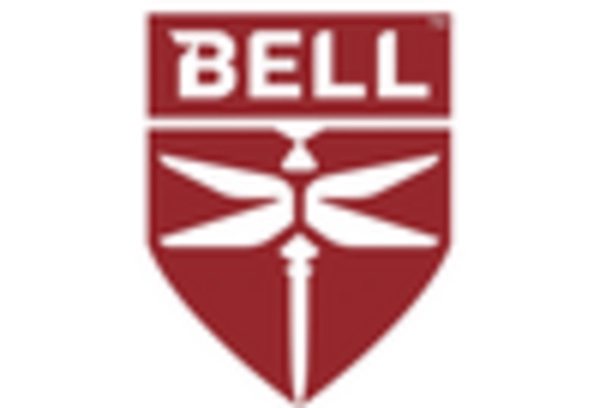


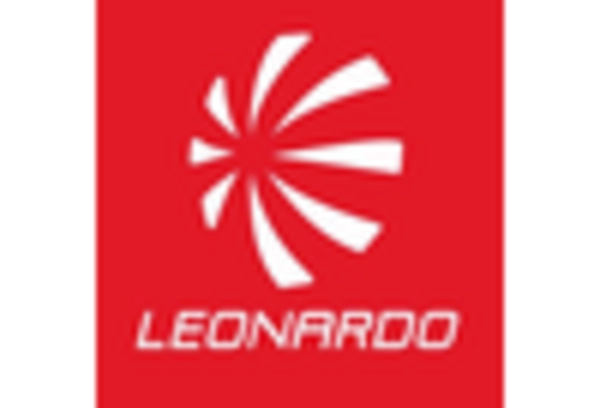
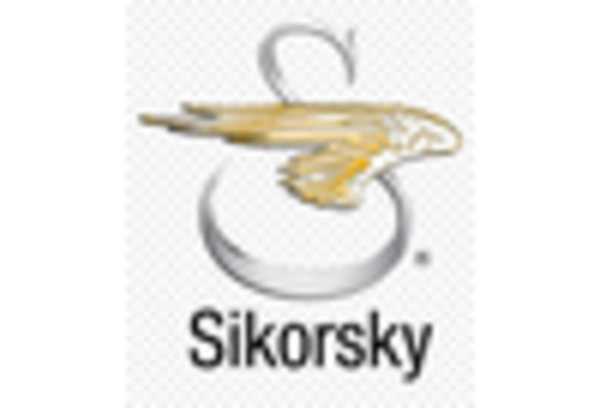








Leave a Comment